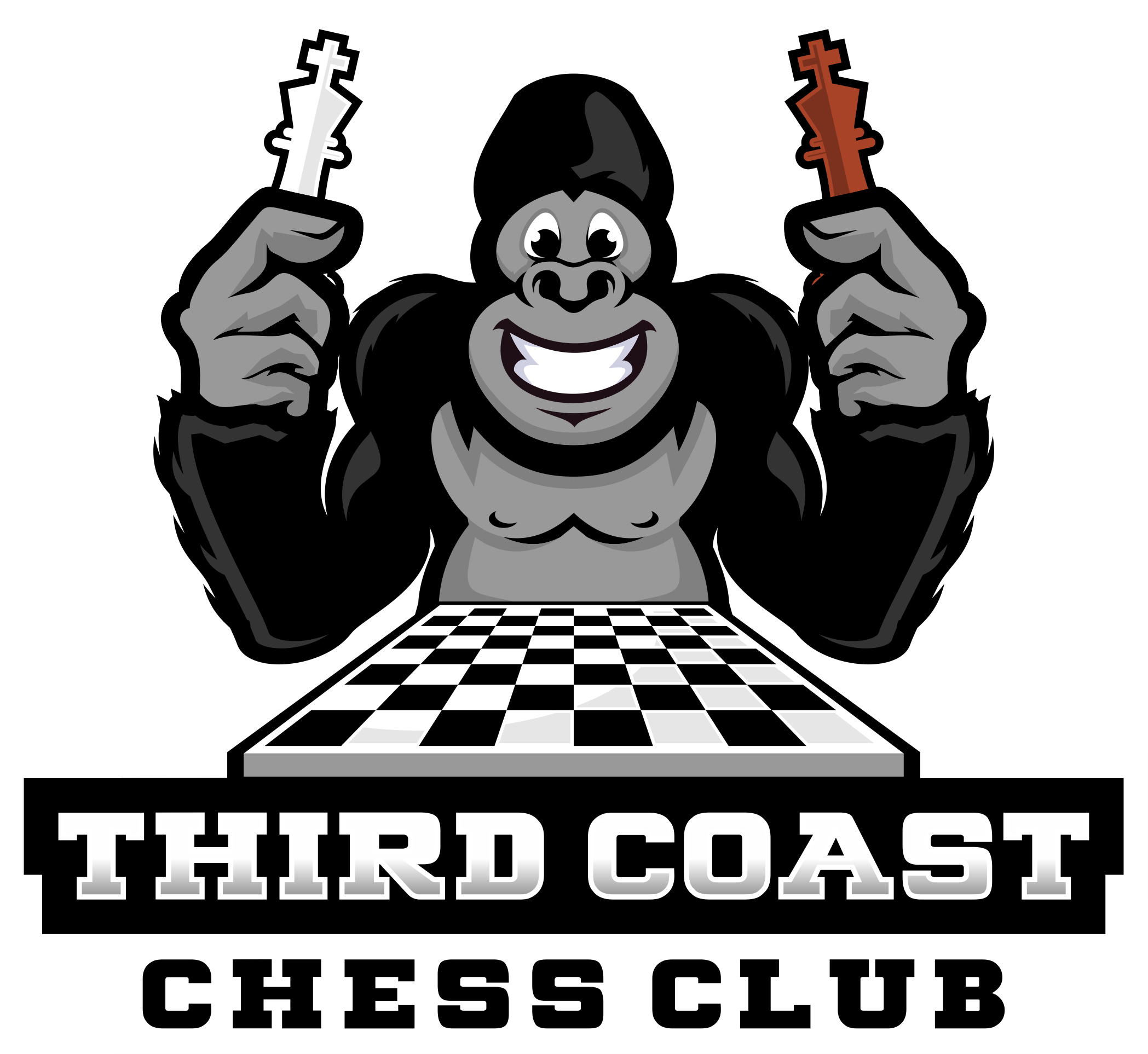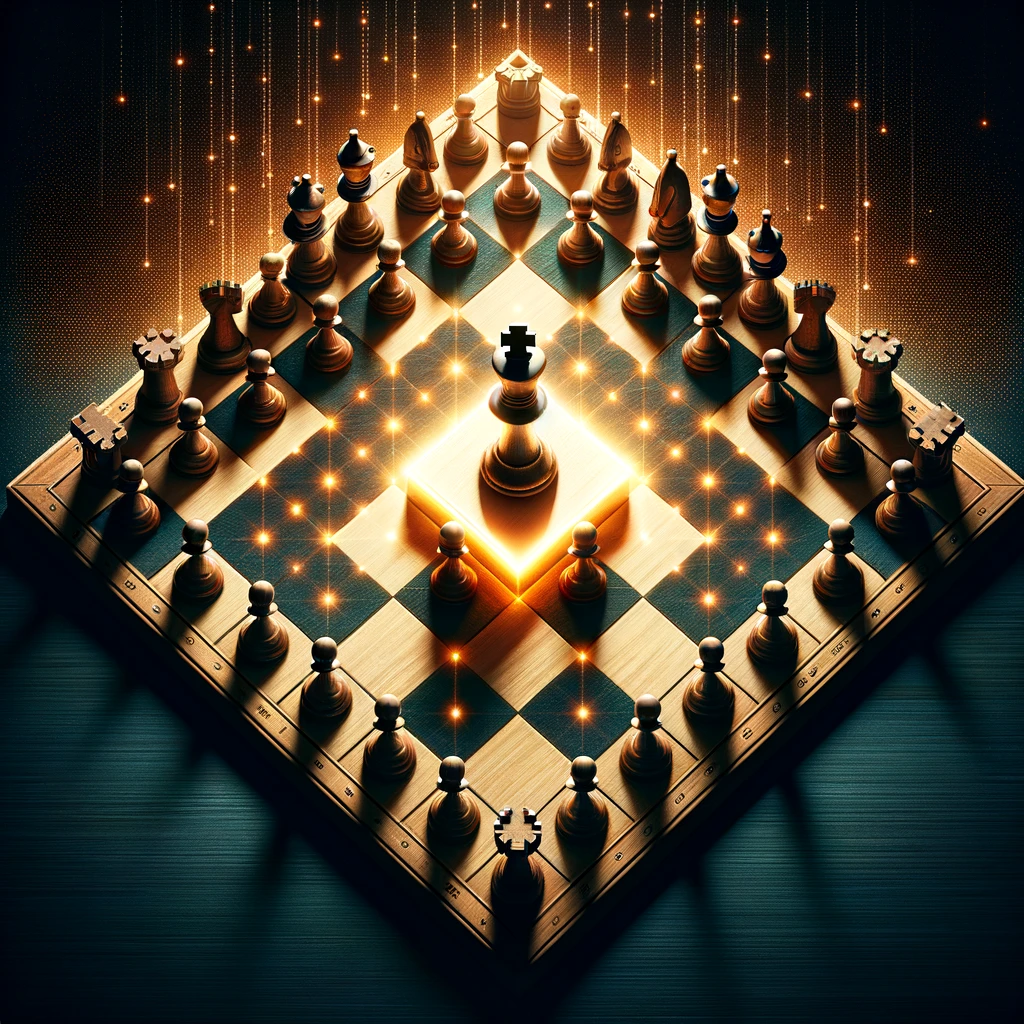In the intricate dance of chess, every piece has its role to play—from the omnipotent queen to the humble pawn. But sometimes, it’s that pawn, inching toward the opposite end of the board, that becomes the star of the show. However, there’s a protagonist in this drama you might not expect: the king, particularly through its influence on the “square of the king.” Let’s delve into how the square of the king relates to the electrifying event of pawn promotion.
What is the Square of the King?
In the endgame, the concept of the “square of the king” is used to determine whether a king can stop a pawn from promoting. Draw an imaginary square from the pawn to its promotion square, and extend it to create a square shape. If the king can enter this square, it can catch the pawn before it promotes.
Rules and Tactics
- Square Shape: The square is always symmetrical, extending equally on all sides from the pawn to the promotion rank.
- King’s Access: The king must be able to enter the square on its move, not after the pawn has moved.
- Distractions: Other pieces can change the dynamics by blocking or threatening the king or pawn.
For a deep dive, check out the Wikipedia page on Pawn Promotion.
Historical Context
The concept of the “square of the king” is deeply rooted in chess literature, especially in endgame studies. It’s a testament to the game’s complexity, where even the simplest pieces and rules create intricate scenarios.
Strategic Depth
Defense:
- King’s Influence: Utilizing the square of the king effectively allows you to halt an advancing pawn.
- Board Control: Understanding this concept can help you position your king strategically during the endgame.
Offense:
- Forcing the Issue: Sometimes, knowing your opponent’s king can’t enter the square allows you to focus on other parts of the board.
- Promotion Tactics: This knowledge can dictate when it’s safe to initiate pawn promotion.
Real-Game Examples
Understanding the square of the king has led to brilliant endgames, such as in the 1978 World Chess Championship match between Anatoly Karpov and Viktor Korchnoi, where the concept played a crucial role in one of the endgames.
Conclusion
The square of the king brings an unanticipated depth to the seemingly straightforward journey of a pawn toward promotion. Whether you’re trying to stop a pawn from becoming a queen or attempting to crown one yourself, this concept is vital. So, the next time you find yourself in an endgame, remember, the square of the king can be your hidden ace in the hole or the unseen pitfall waiting to ensnare you. Either way, it adds a layer of drama to the ever-fascinating stage of chess.




